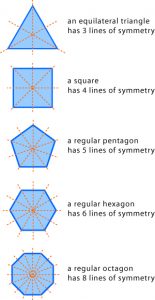


In photography, using symmetry creates balance and a sense of harmony when viewing the photograph. Symmetry is a comprehensive tool that a photographer uses to create unique compositions in their photography. They can involve different elements in the frame on each side, but appears symmetrical when viewed as a whole image. Symmetrical photos don’t have to be a mirror image, with one half being the exact same as the other. (For a more detailed look at orientation in photography, check out our article here.) It can be a horizontal or vertical split and is just as valid in portrait as landscape orientation. You achieve symmetry when photos appear to have equal weight or value on each side instead of off-centre weight to one side. So that begs the question, how do you take symmetry photography? And what are the different types of symmetry used in photos? A photographer should learn but then break such rules. And in some cases, the rule of thirds may be redundant to achieve photography balance. The rule guides your placement of the horizon line and points of interest.Īnother set of composition rules exists around symmetry in photography. The rule of thirds requires you to imagine your composition split horizontally and vertically into thirds and then use this grid to guide your composition. The rule of thirds is one example that comes to mind. We’ve covered many of these rules here on Shotkit to guide you on your creative journey. These rules also support photographers in establishing the best practices to achieve stunning photos. But, there are compositional rules that serve to guide the process of capturing images. Photography is a liberating experience where you get to see the world through the creativity of a camera.


 0 kommentar(er)
0 kommentar(er)
